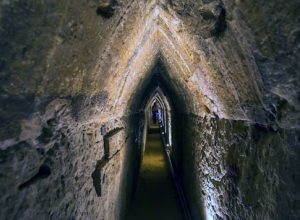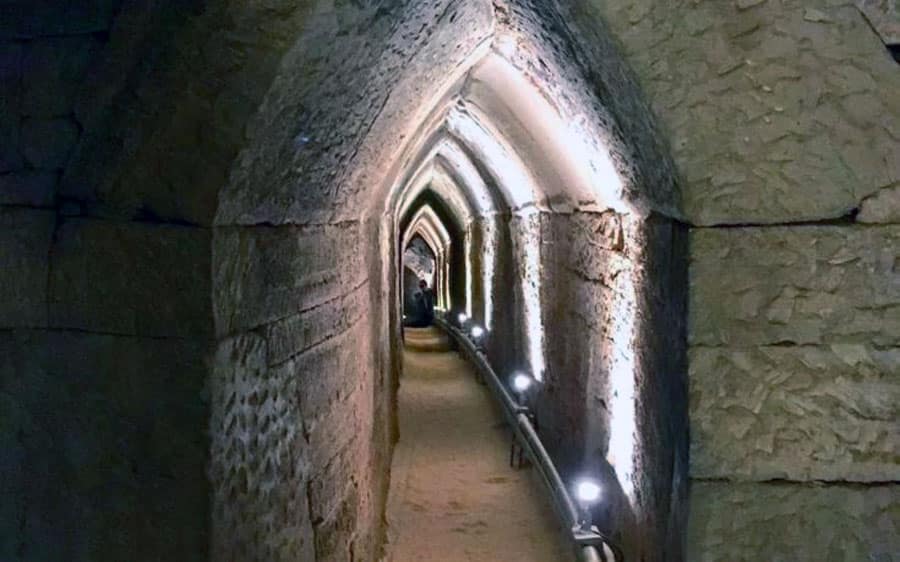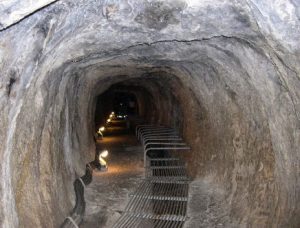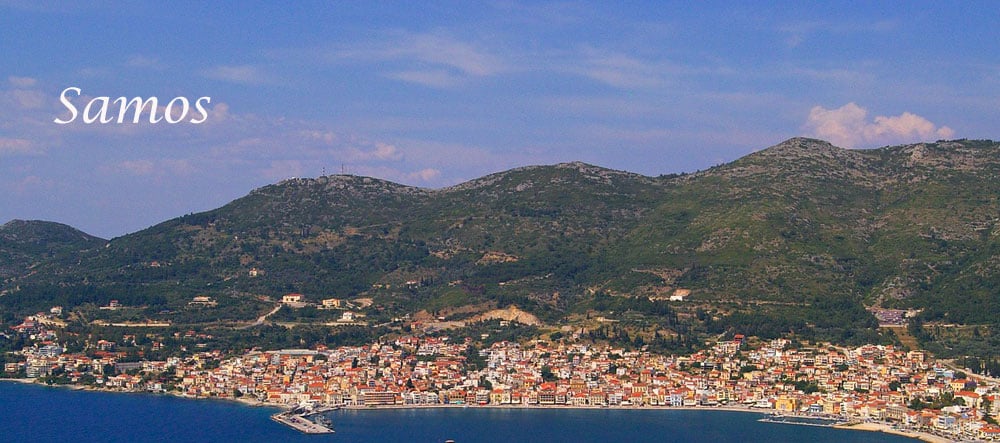information about the Eupalinos Tunnel
 The Eupalinos Tunnel of Samos was made in the 6th BC. century, it was 1.03 km long and started from two opposite sides, which met without any deviation The Eupalinos Tunnel is an unsurpassed marvel of engineering. An unsurpassed marvel of engineering and topography which was created in the 6th century BC. and even today it inspires admiration both for its design and for the perfection of the execution of the work.
The Eupalinos Tunnel of Samos was made in the 6th BC. century, it was 1.03 km long and started from two opposite sides, which met without any deviation The Eupalinos Tunnel is an unsurpassed marvel of engineering. An unsurpassed marvel of engineering and topography which was created in the 6th century BC. and even today it inspires admiration both for its design and for the perfection of the execution of the work.
It is no coincidence, after all, that in June 2015, the International Tunneling Association (ITA – AITES) declared the Eupaline Tunnel of Samos as an “International Tunneling Landmark”. We are talking about a project that has already been included in the UNESCO World Cultural Heritage list since 1992.
Eupalinos from Megara started the creation of an “ambiguous Tunnel” – as Herodotus typically mentions it – which would “give” water, with safety and high standards of hygiene, to the ancient city of Samos, i.e. today’s Pythagorean.
This was of course an excellent idea but for the conditions of the time. Eupalinos, however, had a plan ready that would place him in golden letters among the greats of ancient Greece. The project envisioned was tremendously complex technically as in addition each such Tunnel would include a reservoir, a feeder and an underground civil conduit. Its starting point would be in a natural spring near the current area of Agiades.

The order for the creation of this project had been given to Eupalinos, the tyrant of Samos, Polycrates, who wanted the aqueduct to be underground so that it would not be visible to any invaders who would cut off the water supply to the city in the event of a siege.
With based on the means that Eupalinos had at his disposal this was a project that could not be done. The great engineer, however, with simple measuring instruments but also complex mathematical calculations, decided on the simultaneous opening of a tunnel from both sides of the mountain!
The creation of the Tunnel

Next to what we would call the central corridor, a Tunnel was constructed, 70 points deep, in order for the water to pass through meticulously placed ceramic pipes, since they would water the city. This smaller tunnel was not made by accident. Its existence was deemed necessary as when the project was completed, the spring in Agiades was at a lower level than the tunnel. So Eupalinos gave a slight incline and ensured the uninterrupted flow of water inside the portico towards the Pythagorean.
As is perfectly normal during the construction of the project, Evpalinos faced various problems-challenges. One of them, probably the most important, was the instability of the rocks in some parts of the tunnel and which would have resulted in the two sides never meeting. The great engineer, however, had foreseen such an eventuality and had taken his… measures!
He calculated and tilted the path of one branch in such a way that it would be mathematically certain to meet the other branch at some point. The south branch banked 17 degrees to the right and then turned left 21 degrees and met the north branch with almost no deviation. The triangular opening of the northern tunnel also has its purpose.
Eupalinos did not do it for beauty and grace, but in order to eliminate the chances of the ground receding from the water and, in addition, to have depth to build the lining of the portico. Watch the amazing video that describes the construction of the Eupalinio Tunnel and was edited by the emeritus professor of NTUA, Theodosis Tassios.
The Eupalinio Tunnel today
For about 10 years, the two crews opened the tunnel with sledgehammers, wedges and wedges. 12,500 tons of rock had to be excavated, 5,000 clay pipes laid, and a lot of money spent from the state treasury, so that abundant water began to flow in the city’s fountains!
The principle of observing the proportions introduced by Eupalinos was employed during the Renaissance period and is still followed today in the construction of tunnels. Inside the tunnel Eupalinos wrote the word “example”, which means model. The operation of the aqueduct continued for about 1,100 years. In Byzantine times the tunnel was used as a refuge for the inhabitants during raids. It was then abandoned
